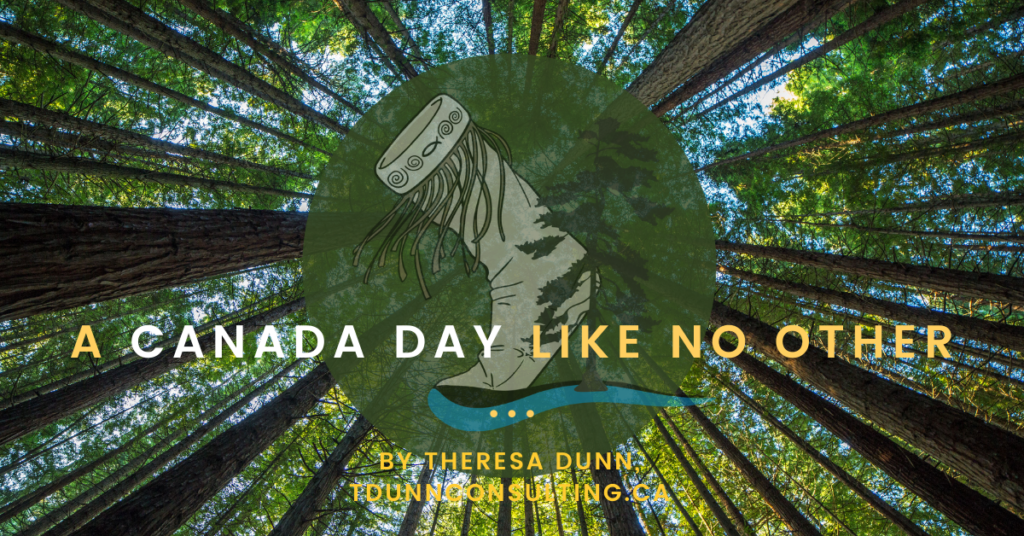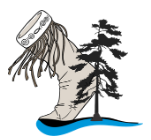I have had the privilege and pain of being exposed to the horrors of being an Indigenous person in Canada. Here is my experience.

When I was 30 years old my husband and I had the opportunity of living in an Indigenous community where my husband worked as a principle of a school and I would raise our four children and be part of a pastoral team with the Catholic Church I attended.
Over the year we lived there and after I moved I maintained many connections and friendships I hold dear to me to this day. Overtime I came to be told about the experience of racism they experienced towards themselves and their community and have come to know how prevalent it is throughout Canada.
It took some time before someone would tell me of the history and the consequences that explained so many social issues I observed. Let me be clear the community was filled with strong, compassionate, intelligent, creative, precious lives, wonderful educators who led me into a truth many people are only now acknowledging. There was this veil of misery that was being addressed as best as could be without local services that specialized in the affects of residential schools and racism. There was no daycare or medical centre or seniors centre. Regrettably, while I empathized, there was this underlying belief that the good get what they need. At that time I held deep in me that they had done something to deserve what they were living.
At the time there were a few nuns who lived there and a priest who was eccentric but loveable (now known by the residents as a chronic hoarder and a pedophile). Have you ever watched those horror movies where you know something is going to be uncovered and you really don’t want to know?
As the divisions, anger, and pain became more apparent I got in the middle of it and was hurt by the exclusion by the community. Dear friends and Grandmother Irene sat me down and told me an important story about how the community internalized the pain of a century of horror, stolen children, lack of access to education and financial resources, jobs, blame, shame and punishment for being “Indian”. One important shock was when a friend told me her son had been sexually touched by the priest and what should they do? I had an emotional outburst (I have asked for forgiveness) trying to get my head around being protective of the priest, trying to find reasons to not believe it and finally saying “you should tell someone”. They had told me.
I left that community a changed person, more mature, more awake to the horrible things that happen to people right in our midst. I did wake up before we moved back to the city. I began to campaign for better and real help from the Diocese. I wrote to the Mother Superior of the nuns and actually met with her to talk about the problems with the priest and how real needs of the people were not being met. She provided some reality checks and mostly excuses why “their hands were tied” type of response.
Since then I have met and talked to many Indigenous people across Canada due to my travels and work I have spoken to elders about the capacity of some communities and the struggles of others. In each community I am shocked to find out what happened to them: from tongue piercing to punish children in Western Canada communities; to starvation and slavery of Indigenous people from Northern communities. There was no one left untouched. People were tracked like animals – because they did not want to send their children to residential schools.
There is extensive research and understanding of the impact of cultural and structural genocide. We know how painful and difficult it is to recover from this reality, especially as the mindset that allowed that to happen is still happening today all over the world.
Amazing as it might seem these First Peoples, who have undergone such horrors at the hands of clergy and politicians who proposed to care for and make their lives better, are the ones who are most committed to not return violence and degradation. Invitations for healing and good relations is the mantra. We, settlers, can only hang our heads in shame and humbly walk forward to build new relations, paths for reconciliation where we are people living equitably as one of the first Wampum belts described, to live together in peace, allowing each culture to live their way without interference from the other, now and forever.
We have a long way to go to be able to listen and overcome the legacy of judgement and intolerance. I pray the hatred and contempt that is institutionalized will be removed and whoever leads will do so with integrity, love and compassion. That is my commitment, to not accept any less for all creation.



